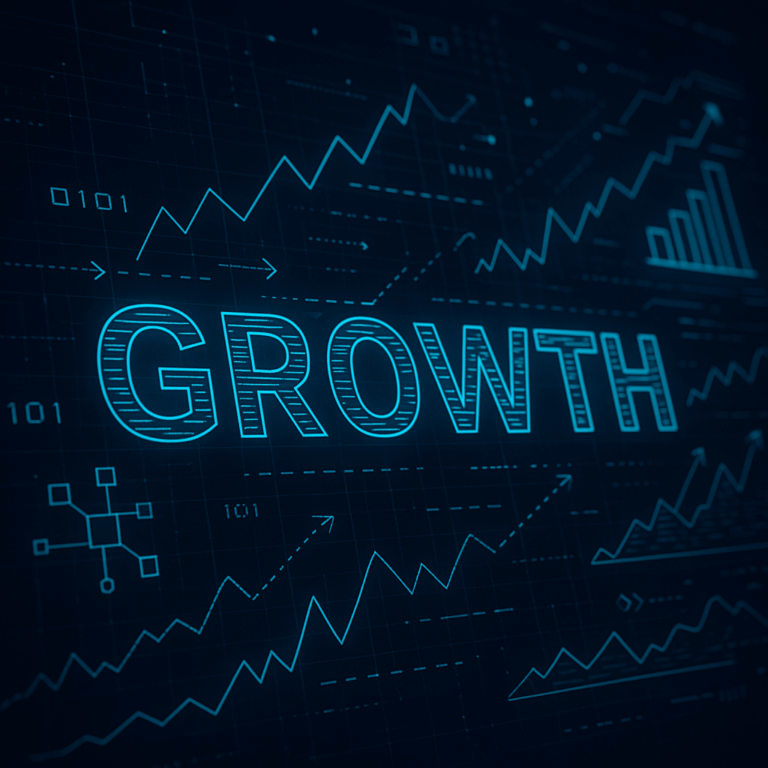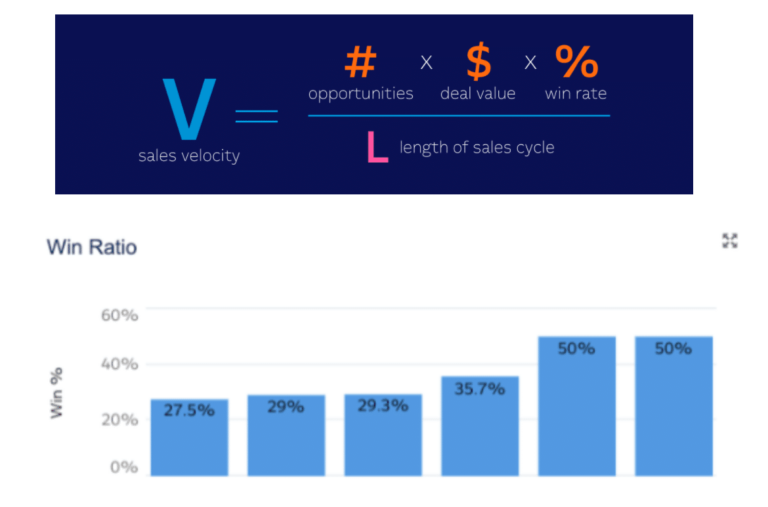How to Measure Your B2B Marketing ROI

- 1. Understanding B2B Marketing ROI and Its Importance
- 2. Core Metrics for Measuring B2B Marketing ROI
- 3. Steps to Accurately Measure B2B Marketing ROI
- 4. Tools and Software for Tracking B2B Marketing ROI
- 5. Aligning Sales and Marketing for More Accurate ROI
- 6. Optimizing Marketing Channels Based on ROI Insights
- 7. Iterative Approach: Test and refine marketing strategies regularly to enhance ROI over time.
- 8. Make Your Marketing Dollars Count
Measuring B2B marketing ROI (return on investment) is essential for ensuring that every marketing dollar spent contributes to business growth. With the right ROI tracking, businesses can justify their marketing spend, optimize marketing strategies, and reallocate resources to high-performing channels. Whether you’re a B2B marketer, marketing manager, business owner, or decision-maker in a B2B SaaS company, understanding and improving ROI is key to driving measurable results and refining your marketing efforts.
Understanding B2B Marketing ROI and Its Importance
B2B marketing ROI measures the return generated from marketing efforts relative to the costs incurred. Unlike B2C marketing, B2B campaigns often involve longer sales cycles and more complex buyer journeys. This means ROI must be measured over a longer period, considering multiple touchpoints across the funnel.
For B2B marketers, accurately measuring ROI helps optimize resource allocation. It enables businesses to identify the most effective channels and tactics, ensuring that marketing spend is directed where it delivers the best returns. By measuring ROI, businesses can refine B2B content marketing, ad spend, and Google Ads strategies for greater growth.
Core Metrics for Measuring B2B Marketing ROI
To effectively measure B2B marketing ROI, it’s essential to track several key performance metrics:
- Customer Acquisition Cost (CAC): CAC measures the cost of acquiring a new customer, encompassing all activities related to marketing, sales, and customer retention or growth. This includes expenses for content creation, campaigns, sales team efforts, customer retention initiatives, and other associated overheads. A lower CAC reflects greater efficiency in these efforts.
- Lifetime Value (LTV): LTV measures the total revenue a customer generates over their relationship with your company, factoring in churn and natural attrition. It’s crucial for understanding the long-term impact of customer acquisition efforts and retention strategies.
- Pipeline Velocity: This metric tracks how quickly leads move through the sales funnel, helping B2B marketers assess marketing campaign effectiveness and optimize the sales cycle.
- Conversion Rate: Conversion rate measures the percentage of leads or visitors who take a desired action. Higher conversion rates indicate successful marketing strategies.
Tracking these metrics allows B2B marketers to assess their campaigns and make data-driven decisions for better ROI.
Steps to Accurately Measure B2B Marketing ROI
To measure B2B marketing ROI, follow these steps:
- Track Marketing Costs: Measure all expenses related to marketing, including ad spend, content creation, email marketing efforts, and marketing automation tools.
- Measure Conversions: Use tools like Google Analytics or CRM systems to track lead generation and sales conversions.
- Attribution: Assign credit to the marketing touchpoints that influenced conversions. Multi-touch attribution models help allocate value to each stage of the buyer’s journey, ensuring accurate ROI calculation.
- Calculate Revenue: Determine the revenue generated from marketing efforts and compare it with the cost to calculate ROI.
Aligning your marketing metrics with business goals ensures that your efforts are focused on delivering tangible results.
Tools and Software for Tracking B2B Marketing ROI
Several tools can help track and analyze B2B marketing ROI:
- HubSpot: An inbound marketing platform that helps track leads, content performance, and marketing ROI.
- Salesforce: A CRM that links marketing efforts to sales and revenue, providing valuable insights into ROI.
- Google Analytics: This tool offers in-depth data on website traffic, user behavior, and conversions, helping to evaluate the ROI of various marketing channels.
These tools provide actionable insights to refine your B2B marketing strategy and optimize performance.
Aligning Sales and Marketing for More Accurate ROI
Collaboration between sales and marketing teams is essential for accurate ROI measurement. Shared metrics such as CAC, LTV, and pipeline velocity ensure both departments are aligned in their goals and tracking consistent performance.
- Shared Metrics: Establish common KPIs for both teams to evaluate the success of marketing campaigns.
- Reporting Structures: Create integrated reports that provide a holistic view of marketing efforts and sales outcomes to track ROI more accurately.
By aligning sales and marketing, B2B businesses can measure ROI more effectively and improve their strategies.
Optimizing Marketing Channels Based on ROI Insights
Once ROI is measured, use insights to optimize your marketing channels. Shift your budget to high-performing channels like email marketing, Google Ads, or inbound marketing, while reducing spend on underperforming ones.
- Reallocate Marketing Spend: Focus more on channels that yield the highest ROI.
-
Iterative Approach: Test and refine marketing strategies regularly to enhance ROI over time.
Make Your Marketing Dollars Count
Accurately measuring and optimizing B2B marketing ROI ensures that your marketing efforts deliver real results. By working with the right digital marketing agency, you can optimize your marketing campaigns to maximize ROI and drive long-term growth. Implement marketing automation to streamline processes and improve efficiency.
Start applying these strategies today to make smarter marketing decisions and maximize the impact of your B2B marketing campaign.
Our Editorial Standards
Reviewed for Accuracy
Every piece is fact-checked for precision.
Up-to-Date Research
We reflect the latest trends and insights.
Credible References
Backed by trusted industry sources.
Actionable & Insight-Driven
Strategic takeaways for real results.















